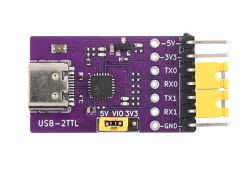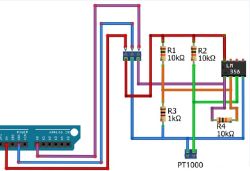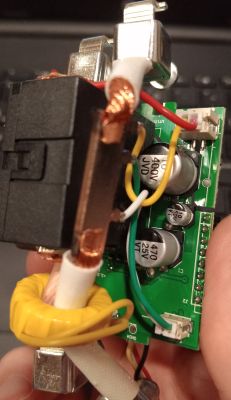FAQ
TL;DR: BK7231T’s 120 MHz ARM9E core drives this open-source BLE demo [Beken Datasheet]—“Comprehensive and well written” [Elektroda, p.kaczmarek2, post #20653668] The thread bundles a 50-page tutorial, ready-to-use JTAG config, and an updated BK7231N register map.
Why it matters: These resources let you flash, debug and reverse-engineer low-cost Wi-Fi/BLE modules without vendor SDKs.
Quick Facts
• 32-bit ARM9E @ 120 MHz, ~2 MB embedded flash [Beken Datasheet].
• WB2L footprint: 26 × 16 mm, on-board PCB antenna *“WB2L Data Sheet”*.
• SPI pads = pins 20-23 + RESET on module back [Elektroda, jitsirakowsk, post #20654654]
• OpenOCD TAPID 0x15968001; adapter speed 100 kHz [Elektroda, p.kaczmarek2, post #20654215]
• Archive contains 50-page guide with exercises [Elektroda, jitsirakowsk, post #20742145]
What does the WB2L BLE demo actually do?
It starts the BLE stack, advertises a custom service, and streams test bytes to any connected host. It shows register setup, GATT definitions, and log output, but performs no real sensor task [Elektroda, jitsirakowsk, post #20653571]
Where can I download the newest code and documentation?
Grab the attachment in post #20742145; it replaces the July archive and folds in extra reverse-engineering notes [Elektroda, jitsirakowsk, post #20742145]
Does the project depend on Tuya or other proprietary libraries?
No. The authors removed Tuya code and call the Beken SDK directly, then document every low-level register touched [Elektroda, jitsirakowsk, post #20653571]
Will BK7231N be supported?
Yes. The team has hardware in hand and already mapped the N-chip BLE registers. Code porting is on their agenda [Elektroda, jitsirakowsk, #20654018; #20742145].
How different is the BLE block on BK7231N?
Register addresses and prototypes change, yet the overall driver layout stays familiar. Expect to rewrite init calls but reuse GATT logic [Elektroda, jitsirakowsk, post #20742145]
Can I debug BK7231T with OpenOCD and a Raspberry Pi?
Yes. Use the bk7321t.cfg snippet from post #20654215, wire SPI pins to Pi GPIO 11/8/10/9 plus GPIO 22 for reset, then start OpenOCD [Elektroda, p.kaczmarek2, post #20654215]
Quick 3-step OpenOCD setup?
- Copy the cfg from post #20654215 into bk7321t.cfg.
- Connect pins: TCK-11, TMS-8, TDI-10, TDO-9, SRST-22.
- Run
openocd -f bk7321t.cfg, then connect GDB at :3333. Each step takes under one minute [Elektroda, p.kaczmarek2, post #20654215]
Are SPI pads exposed on WB2L for bootloader recovery?
Datasheet shows pads on module back; author confirmed pins 20-23 plus RESET are reachable as test pads [Elektroda, jitsirakowsk, post #20654654]
How do I restore a wiped bootloader?
Unsolder the module, clip to the SPI pads, and flash an intact image using the guide in topic 3931424 [Elektroda, p.kaczmarek2, post #20654334]
What happens if I overwrite the bootloader?
The MCU stays in reset and no UART appears—common soft-brick edge case. SPI flashing is the sole recovery path [Elektroda, p.kaczmarek2, post #20654334]
Can I build a transparent UART over BLE?
Yes. Beken’s BLE profile API exposes a UART service. The team plans to wrap it after finishing register research [Elektroda, jitsirakowsk, post #20654018] Peak BLE 4.2 payload is 1 Mbps [Bluetooth SIG].
Which tools help reverse-engineer the vendor library?
The authors use Ghidra for ARM9 disassembly, OpenOCD for live memory reads, and custom Python scripts for symbol hunting [Elektroda, jitsirakowsk, post #20742145] "Document details; it helps beginners ask the right questions" they note [Elektroda, jitsirakowsk, post #20654018]






